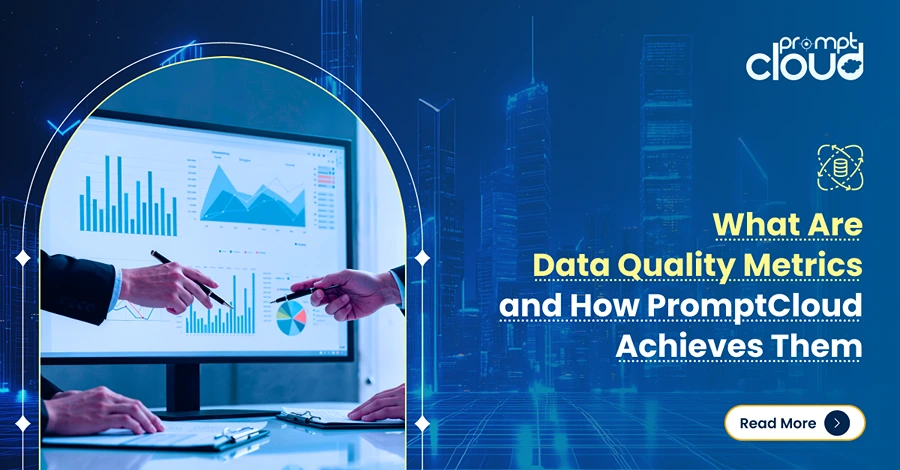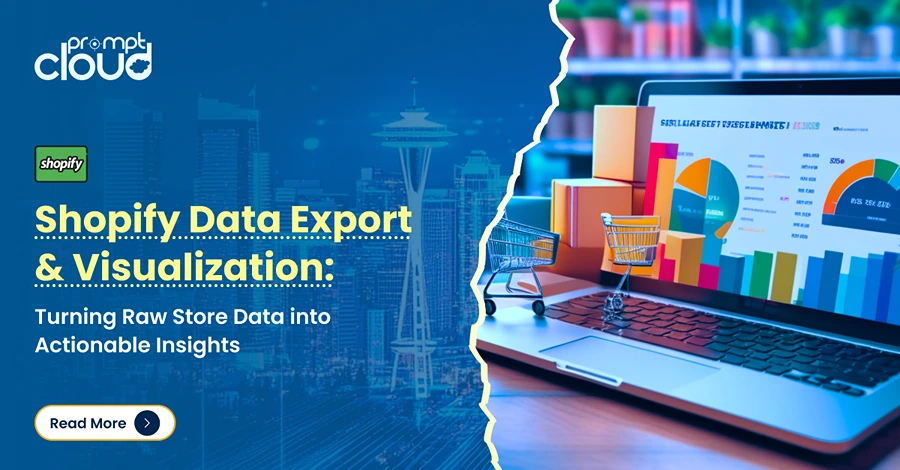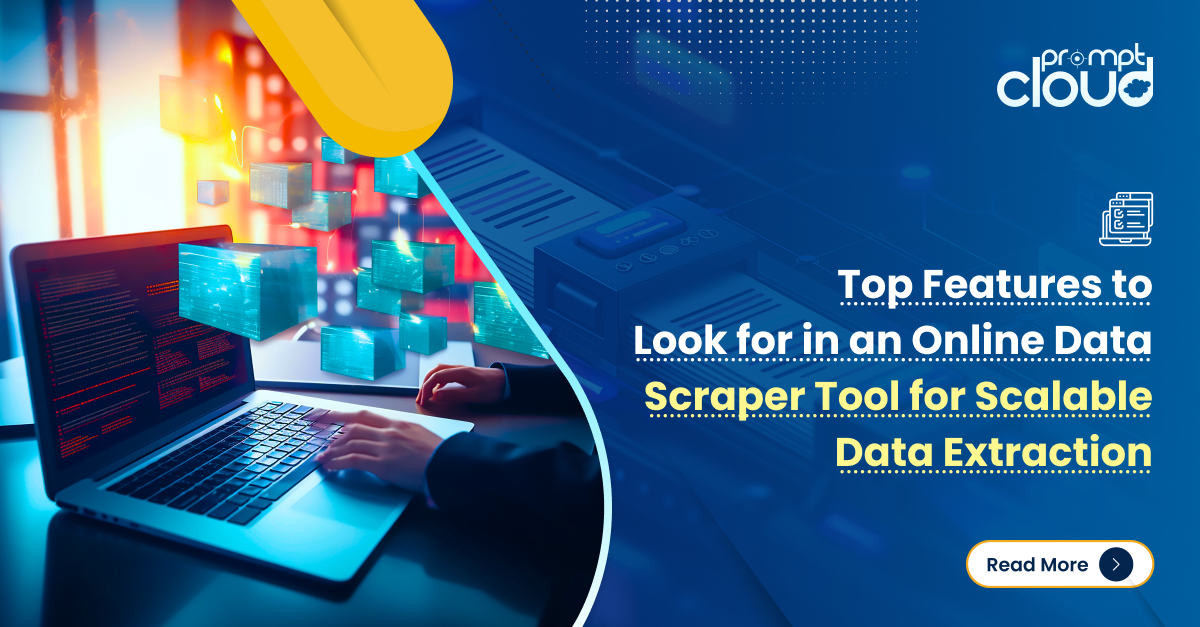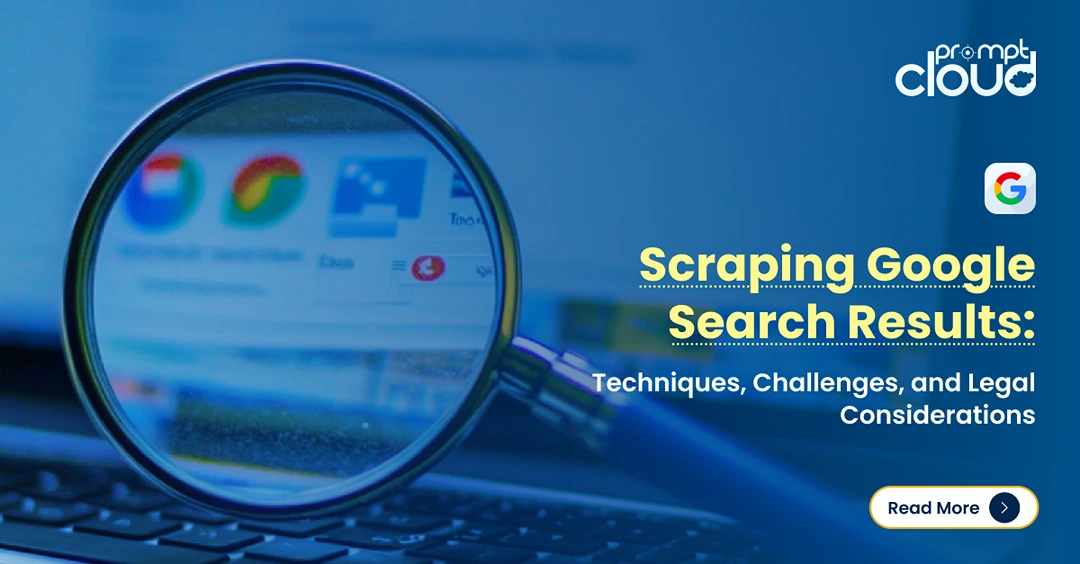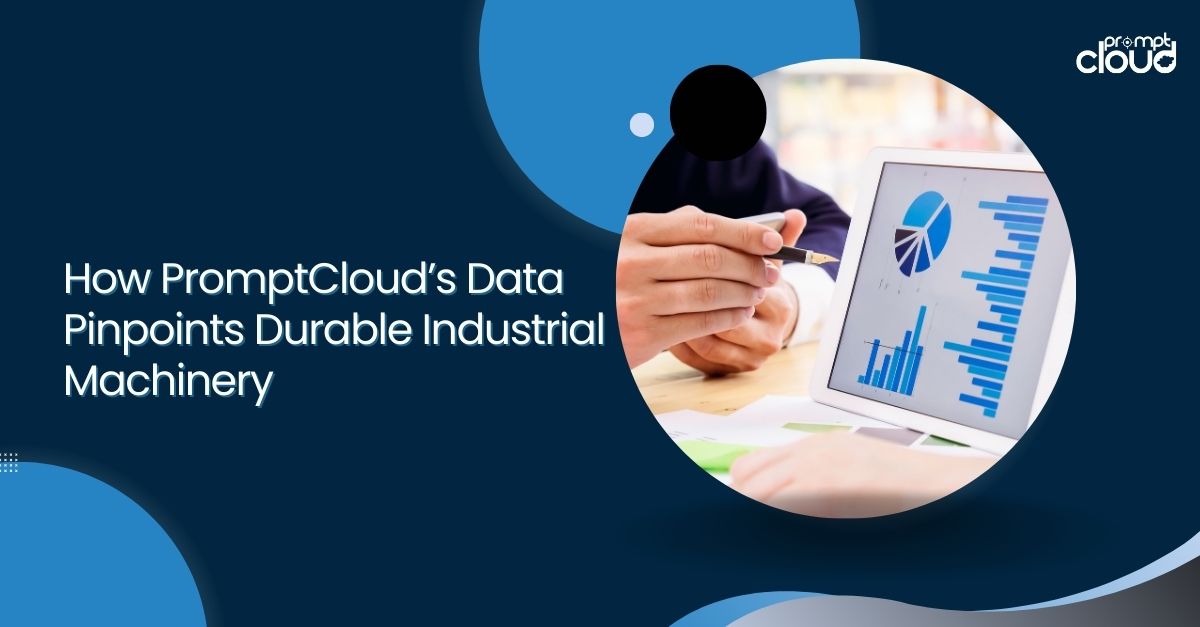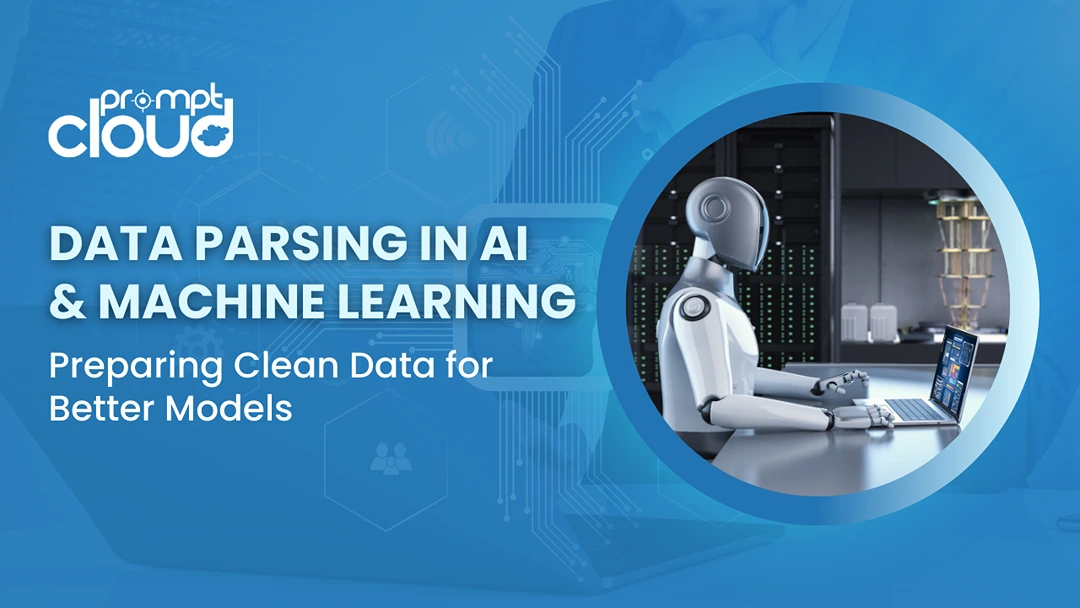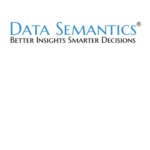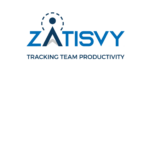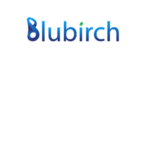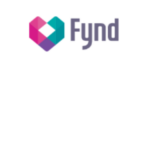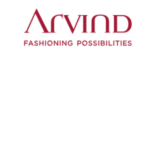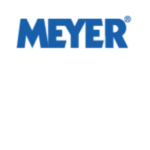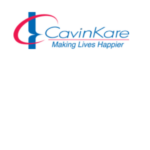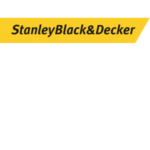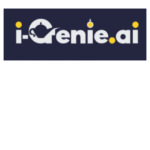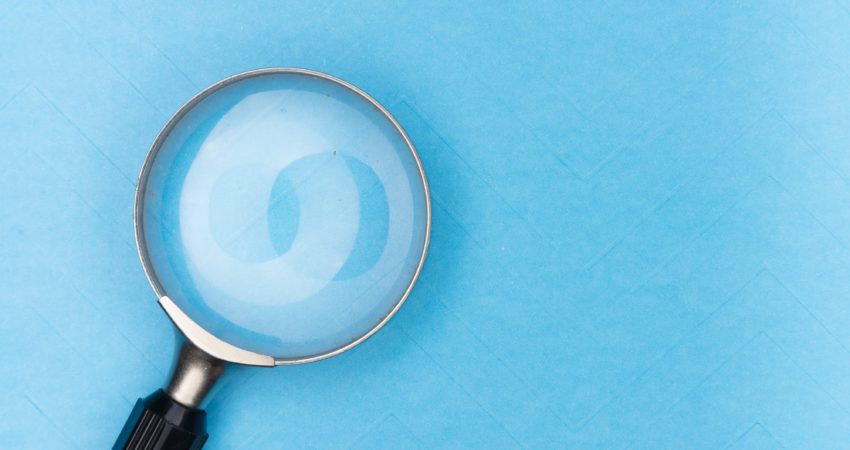
Scraping images from the web is a lot tougher than scraping textual content. The reason behind this is the fact that you will need to sift through the content on web pages and specifically extract the images only. On top of this, having images without any context is not likely to help you much.
To ensure that these images are auto-tagged, you may also need to extract the textual content associated with the image or that above or below the image. Another point is that textual data can be aggregated, re-written or broken down for re-use. Images on the other hand may see limited re-use due to copyright issues. These are just some of the challenges that you may face when scraping images. But before we go into that, let us look at the value of scraping images and how important it might be in today’s data-driven society that lives on the web.
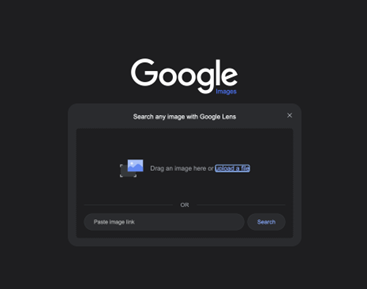
Fig: Google’s Reverse Image Search Portal
Image scraping or crawling has boomed in recent years, with even Google offering a reverse image search option in which it shows results based on the data that it has crawled. In order to
ensure that images are associated with the correct text, it also has released some guidelines for developers and web page creators.
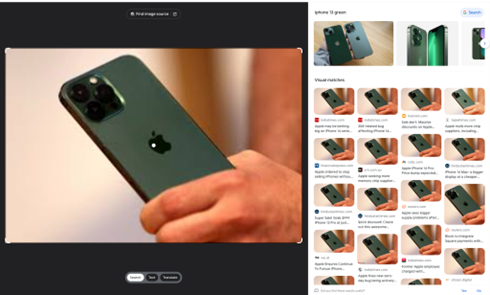
Fig: Searching for images on the Google Image Search Portal
Use of Scraped Images
Companies may want to crawl the web and scrape images for a variety of use cases. These can mainly be broken down into two sets- Using the raw image. Building models or charts using the images to create a more mature product. Some of the common usages include:
Training ML Models
A lot of research work goes into image recognition which is done by training models on thousands of pictures. The simplest example of this is the experiment where an ML algorithm was trained on thousands of images of cats and dogs after which it was able to successfully identify images with dogs and cats with an accuracy of 98.7%.
E-commerce Images
One of the biggest treasure troves of images is eCommerce. Smaller websites may often scrape images from larger ones to determine what type of products are being added to the catalogue. E-commerce images can also be used for market research, for example, scraping images of the top-sold t-shirts from Amazon may show that black t-shirts are most in-demand.
Creating Text/Video Content
While earlier most of us used to get our information from textual data, today the data that we consume comes in many formats- text, audio, videos and short videos. A lot of this content includes images– some of which are from external sources and have their references mentioned. On the flip side, this content can also be scraped for images for further downstream usage.
Memes
Memes are images with funny content that often go viral and take the internet by storm. In recent years we have seen companies hiring meme-writers or marketing teams using memes to connect with the audience on the web. Scraping memes and the latest images often help meme creators come up with new ideas or variations using the same template.
Finding Images of Specific Individuals, Events and More
New or informational content often requires images. For example, you are likely to add an image of Mother Teresa if you are publishing an article on her. Such an image may be easy to find. But if you are a publishing house which publishes thousands of articles per month and requires images that are not subject to copyright, to use in its articles- that will require some serious image scraping.
Challenges With Scraping Images from the Web
Setting Things Up
One of the major hurdles in scraping images or any data from the web is having a tech team that is capable enough to do so. In second place, is the infrastructure setup. Given that most enterprises require data on a real-time basis from multiple sources, data scraping setups are usually deployed on the cloud. What this means is that your team must have the know-how of setting it up on the cloud and maintaining it in the long run. Maintenance involves fixing bugs, and breakages and keeping costs in check as you scale up.
Anti-Scraping Measures and Legal Hurdles
You should be fetching the robot.txt file for any website that you scrape data from. This would ensure you follow the crawling rules set by that website. On top of that, you will also need to keep track of images that lie beyond the login page or those that have copyrights and re-use policies specifically mentioned. Geography-specific laws like GDPR in Europe or the CCPA in California can make things even more complicated.
Diverse and Ever-Changing Website Layouts
Website owners are quick to upgrade the UI to make the web pages more attractive to customers. What this means is newer tech running the websites, and making scraping more complicated. Regular updates also mean that you may need to change the code whenever they push a UI update- something that you may be notified of, only when you see that no new scraped images are being added to the database.
Bad or Unusable Images
Scraping images blindly may cause a quality issue. This may be in terms of resolution, visibility, and the image match itself. For example, searching for Batman may result in loads of images of actors who have played the character in movies and soaps. You will need to ensure that you use the correct filters to have a clean image set for your research or business.
Websites with Images are Slower to Load at Times
Text is light, and images are heavy. When you open a webpage with numerous images, you may see that the images take time to load. This may prove to be a challenge if you are scraping too many images from the same website in one go. Downloading the images without ensuring that they are fully loaded may result in poor-quality images or even blank images getting downloaded.
DIY Solutions
A little bit of online research can provide you with quite a few DIY options. Some of the most popular among these are:
- Writing your code in a language like Python using libraries like BeautifulSoup. This would however work only for small scraping requirements.
- Using UI-based software that comes in both free and paid options. These usually have loads of restrictions for the free version. There also exists a learning curve in case you want your business team or your product team to use such a solution to scrape images.
- Screen-capture-based image scraping solutions also exist in which you can use your mouse to specify the images you want from a webpage and the service will scrape images from similar web pages. These don’t always provide the cleanest data and you will need to pay up to scrape more than a limited number of images.
In short none of the 3 DIY solutions would be able to handle all the challenges that were mentioned when it comes to crawling the web and scraping images for enterprises.
Benefits of Using a DaaS Solution
Scraping data from the web for a one-time problem statement or a pet project can be done with a few lines of Python code, but setting up an enterprise-grade solution for getting a live data feed is no easy task. It would be even more difficult when you require thousands of images from hundreds of websites. This is why PromptCloud provides custom image scraping solutions that can be used by both Fortune 500 companies as well as startups which have just set up shop.

Fig: Steps involved in PromptCloud scraping images for your business requirements
We have a simple 3 stage process in which you can let us know the websites and web pages that need to be scraped for images. You may also want to scrape images related to certain search words. Other information that you will have to provide is crawling frequency, if you want to capture text directly above or below the image, where the scraped images need to be stored and how you want to access it. We can drop the images to your S3 or DropBox or allow you to query them via APIs.
Once we have the requirements, we will set up the crawler to scrape images from multiple websites. We will be taking care of the cloud setup, the configuration and the legalities. Once the setup is up and running, we will get some sample data to validate with you before having the live system push data into your specified delivery method.
After this, we will be monitoring the image scraping system and plug in any breakages by updating the crawlers to handle new websites and web pages as well as changes in web pages. The best part of it all is that you only pay for the amount of data you consume. So if you scrape 100 images from 10 websites in a month, you pay only for that. And in the next month, you can scrape 10,000 images from 1000 websites– and then pay accordingly. This ensures that our service is truly a cloud-based DaaS solution that can be used by all no matter how much data one needs.
Sharing is caring!












